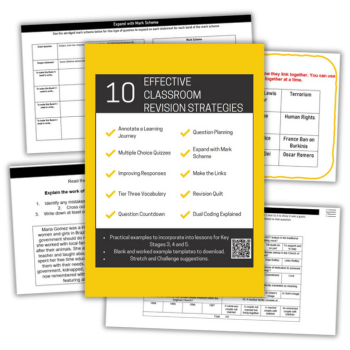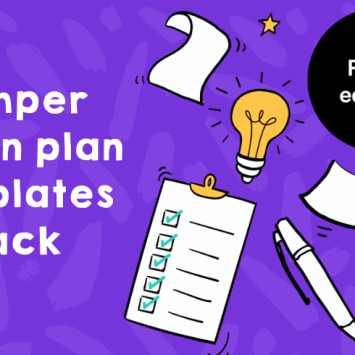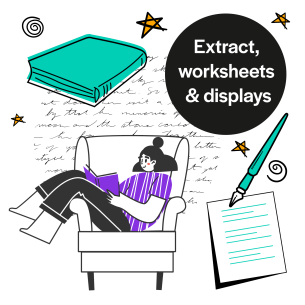PDF and 20 editable PowerPoints
KS3, KS4
Years 7-11
This free download offers a clear and simple collection of ten highly effective revision techniques designed to make classroom revision more structured, engaging and impactful.
Each revision technique comes with editable blank templates to download, worked examples, and stretch-and-challenge suggestions, making it easy to implement straight away.
With its practical, no-nonsense approach, this resource is an essential addition to any teacher’s toolkit. Each revision technique is designed to maximise engagement and retention, ensuring students are fully prepared for exams.
Whether you’re supporting struggling students or stretching high achievers, these revision techniques will help ensure success.
Revision techniques explained
Boost student engagement with these ten effective classroom revision techniques:
- Annotate a learning journey – Helps students recall key information by annotating a structured learning journey, identifying gaps and making connections.
- Multiple choice quizzes – Provides low-stakes retrieval practice to test recall and reinforce key concepts.
- Improving responses – Encourages students to critique and enhance model answers, developing exam technique and deeper understanding.
- Tier 3 vocabulary – Embeds subject-specific terminology, ensuring students can confidently use key terms in their responses.
- Question countdown – Uses a structured approach to regular exam practice, helping students familiarise themselves with different question types.
- Question planning – Supports students in structuring and planning high-quality answers by breaking down exam questions and ranking confidence levels.
- Expand with mark scheme – Develops exam skills by guiding students through improving a weak response using official mark scheme criteria.
- Make the links – Encourages students to identify and explain connections between key topics, strengthening their synoptic understanding.
- Revision quilt – Uses a structured grid to help students progressively answer more challenging revision questions.
- Dual coding explained – Helps students retain information by linking key concepts with visual imagery for deeper memory recall.
Liam Walker is an associate assistant principal, head of humanities and RE specialist. Follow him on X at @L_Walker_














